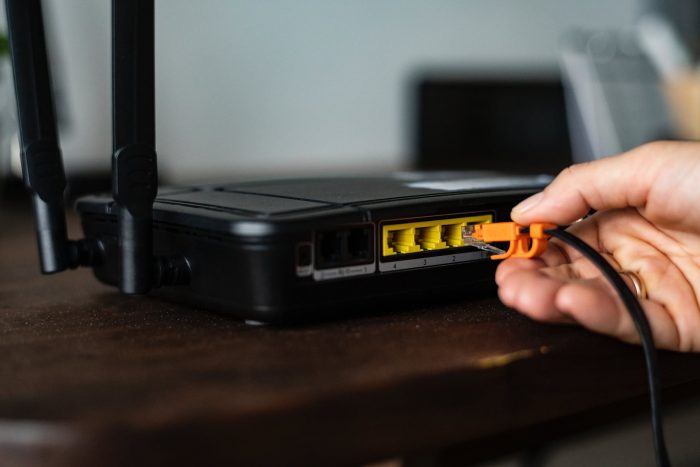Fiber optics is an advanced method of channeling data around the world. These lines run on land and under oceans, conveying signals across and between the continents and connecting millions. Without this technology, modern life would be very different. Aside from higher speeds, they deliver signals to further destinations. Compared to copper, these lines are cheaper to maintain and they are generally more durable.
The technology has many uses. Fiber-to-the-home lines, for example, such as the fiber optic FTTH cable, carry signals to living spaces. Such wires may be providing the Internet connection you are using right now! However, there are many more applications. Here are the main ones.
Computer Networks
Here, the method has three substantial benefits:
- Signal loss is less of an issue. When you transfer data over a long distance, it will require amplifying at certain steps of the way. With optic fibers, these segments are much longer.
- Fibers do not interfere with one another, which is very different for copper lines. This means boosted reliability and quality of transfer.
- Greater bandwidth. Such cables simply have larger capacity, conveying bigger amounts of data.
Think of a search engine like Google. It functions based on a global data center network. These are linked using fiber-optic lines. Essentially, you use the technology every time you go online. Today, as broadband systems become increasingly speedy, copper wires are only involved in the last segment of the journey. This is the way to your home from a street cabinet which receives input from optic fibers.
Broadcasting
In the days of yore, television and radio stations operated using electromagnetic waves captured by antennas in people’s homes. Today, broadcasting is more advanced. Although radio technology has undergone drastic changes, TV programs may be channeled to your house along fiber-optic lines. Television has gone from analog to digital. Had this not happened, we would not have this abundance of cable channels today. In fact, cable broadcasters pioneered this adoption half a century ago.
Optical fibers ensure better picture and sound, and they are more economical. Soon, we may all watch TV using fiber broadband, probably via such systems as IPTV (Internet Protocol Television). This allows on-demand serving of content.
Medicine
Endoscopes became the first implementation of the technology in the 1950s. Medical professionals could now examine patient’s internal organs without cutting him open. Later, fiber optics was used in gastroscopes, and it is still spawning new methods of diagnosis.
A so-called “lab on a fiber” is one of the recent developments. A fiber-optic line no thicker than human hair, is inserted into the body of a patient. The wires have sensors. basically, they channel light through the necessary body part, which alters its intensity or wavelength. By measuring how the changes on the way back, it is possible to determine the cell pH, temperature, blood pressure, or the presence of drugs.
Overall, the advent of optical fibers has revolutionized the way humans transfer information. New uses for these lines are devised all the time. The spread of fiber optics across the globe is only expected to intensify.
Find a Home-Based Business to Start-Up >>> Hundreds of Business Listings.


















































